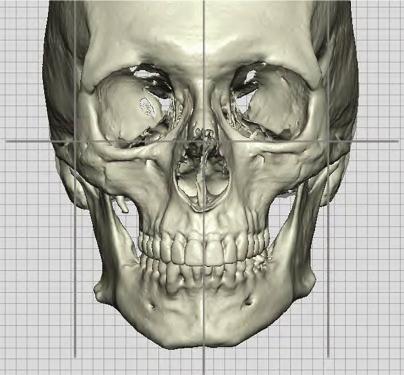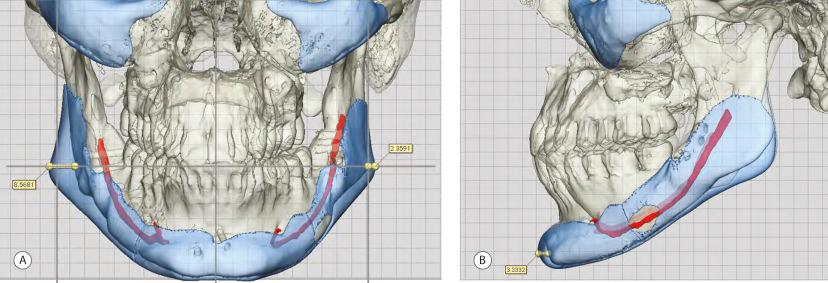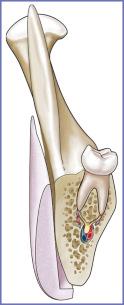Physical Address
304 North Cardinal St.
Dorchester Center, MA 02124
Computer-aided design and manufacturing (CAD/CAM) provides added sophistication to facial implant surgery. It provides three-dimensional millimeter accuracy in implant design and manufacturing specific to the facial skeleton being addressed. This precision potentially minimizes or eliminates limitations intrinsic to the use of “off-the-shelf” implants and asymmetry of the facial skeleton. CAD/CAM implants are custom made for the individual patient.
CAD/CAM implants are ideal for patients with significant facial asymmetry. Asymmetries are three-dimensional. They can be thought of as twists of the skeleton. As demonstrated in Fig. 14.1 , asymmetry in the mandible is more than an asymmetry in lower facial width. Note the difference in ramus height and border inclination.

CAD/CAM implants are also useful to correct skeletal contour irregularities that result after orthognathic surgery. Chapter 15 describes this application in detail.
Nuanced design not possible with off-the-shelf implants is possible with CAD/CAM implants. Note the three-dimensional change in the chin as well as correction of asymmetry in mandible body shown in Fig. 14.2 .

The precise fit of the CAD/CAM implant to the underlying skeletal contour makes for a more predictable result. There is a fundamental technical problem to placing off-the-shelf bilateral implants in similar positions on opposite sides of the face ( Fig. 14.3 ). Remote incisions routinely provide limited access and therefore limited exposure of the areas to be augmented. Furthermore, the surgeon never has the ability to see the position of both implants in a single view. CAD/CAM implants are made to augment precisely defined areas of the facial skeleton, making implant positioning less problematic. These implants can also be designed with registration features, for example, a flange on a malar implant that rests on the infraorbital rim or on the superior edge of the zygomatic arch. Custom implants are designed to avoid any gaps between the posterior surface of the implant and the anterior surface of the skeleton ( Fig. 14.4 ). Gaps are unavoidable when using off-the-shelf implants. These gaps add to the effective projection of the implant. A 2-mm gap beneath a 3-mm implant will result in an unanticipated 5-mm projection. An implant designed and manufactured to have its posterior surface mirror that of the underlying skeleton will avoid that unanticipated contour result.


Become a Clinical Tree membership for Full access and enjoy Unlimited articles
If you are a member. Log in here